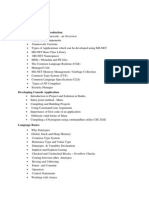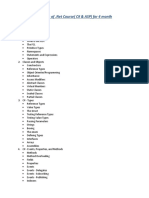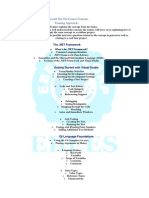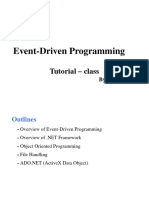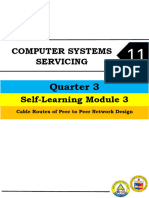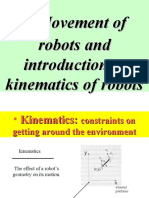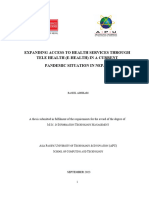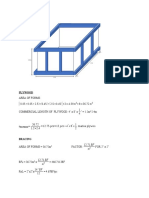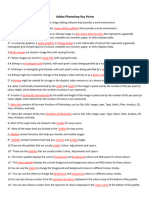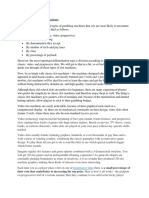0% found this document useful (0 votes)
163 views4 pagesMOC 20483B Programming in C#
This 5-day training course teaches developers how to create Windows applications using the C# programming language and .NET Framework 4.5. During the course, students build an application that incorporates features like building custom data types, handling events, accessing databases, and performing asynchronous operations. The course is intended for experienced developers with at least one month of programming experience in an object-oriented language like C, C++, or Java.
Uploaded by
TriCopyright
© © All Rights Reserved
We take content rights seriously. If you suspect this is your content, claim it here.
Available Formats
Download as PDF, TXT or read online on Scribd
0% found this document useful (0 votes)
163 views4 pagesMOC 20483B Programming in C#
This 5-day training course teaches developers how to create Windows applications using the C# programming language and .NET Framework 4.5. During the course, students build an application that incorporates features like building custom data types, handling events, accessing databases, and performing asynchronous operations. The course is intended for experienced developers with at least one month of programming experience in an object-oriented language like C, C++, or Java.
Uploaded by
TriCopyright
© © All Rights Reserved
We take content rights seriously. If you suspect this is your content, claim it here.
Available Formats
Download as PDF, TXT or read online on Scribd
/ 4









